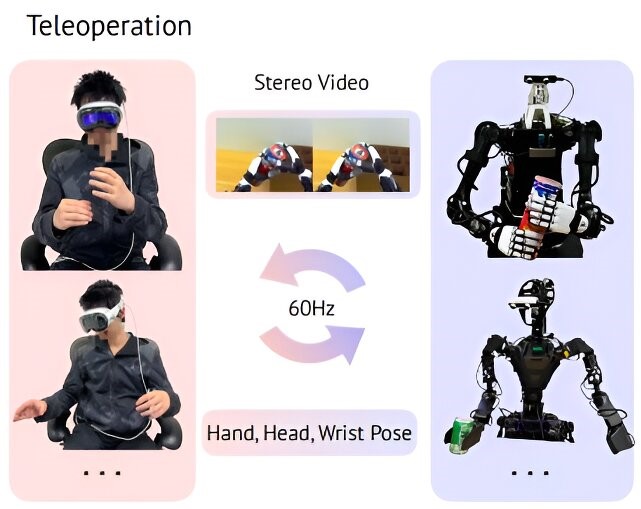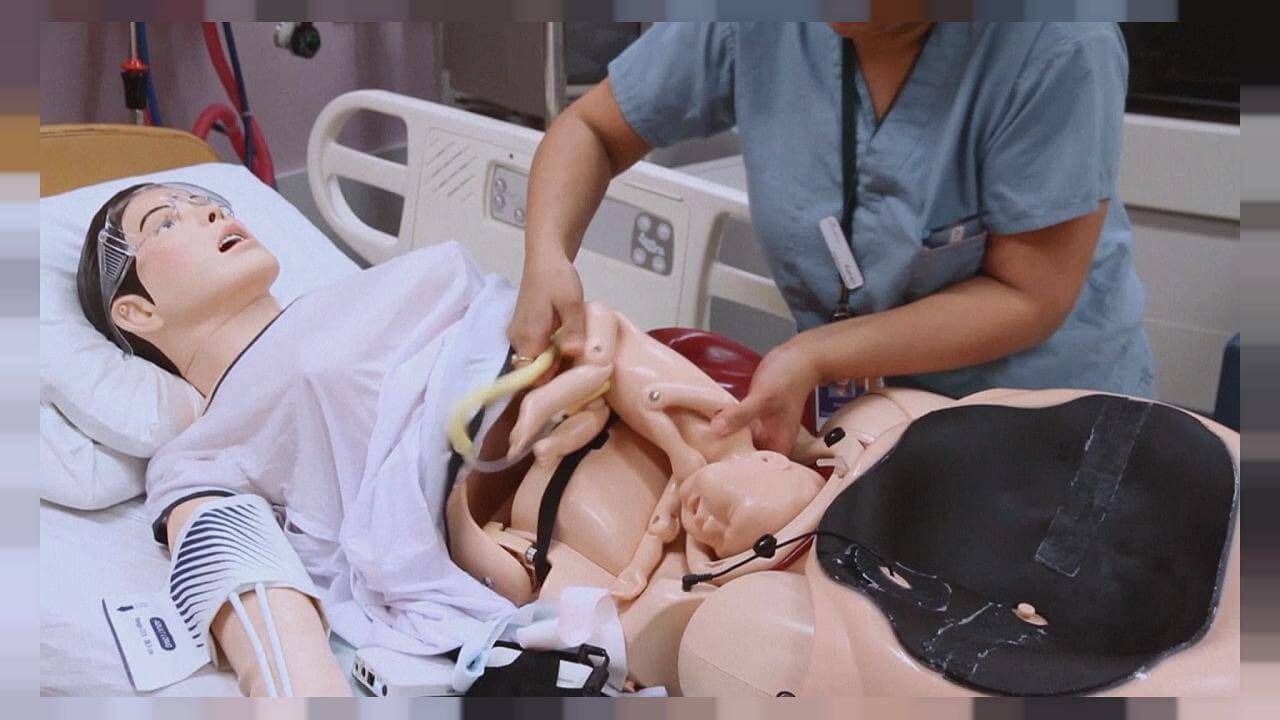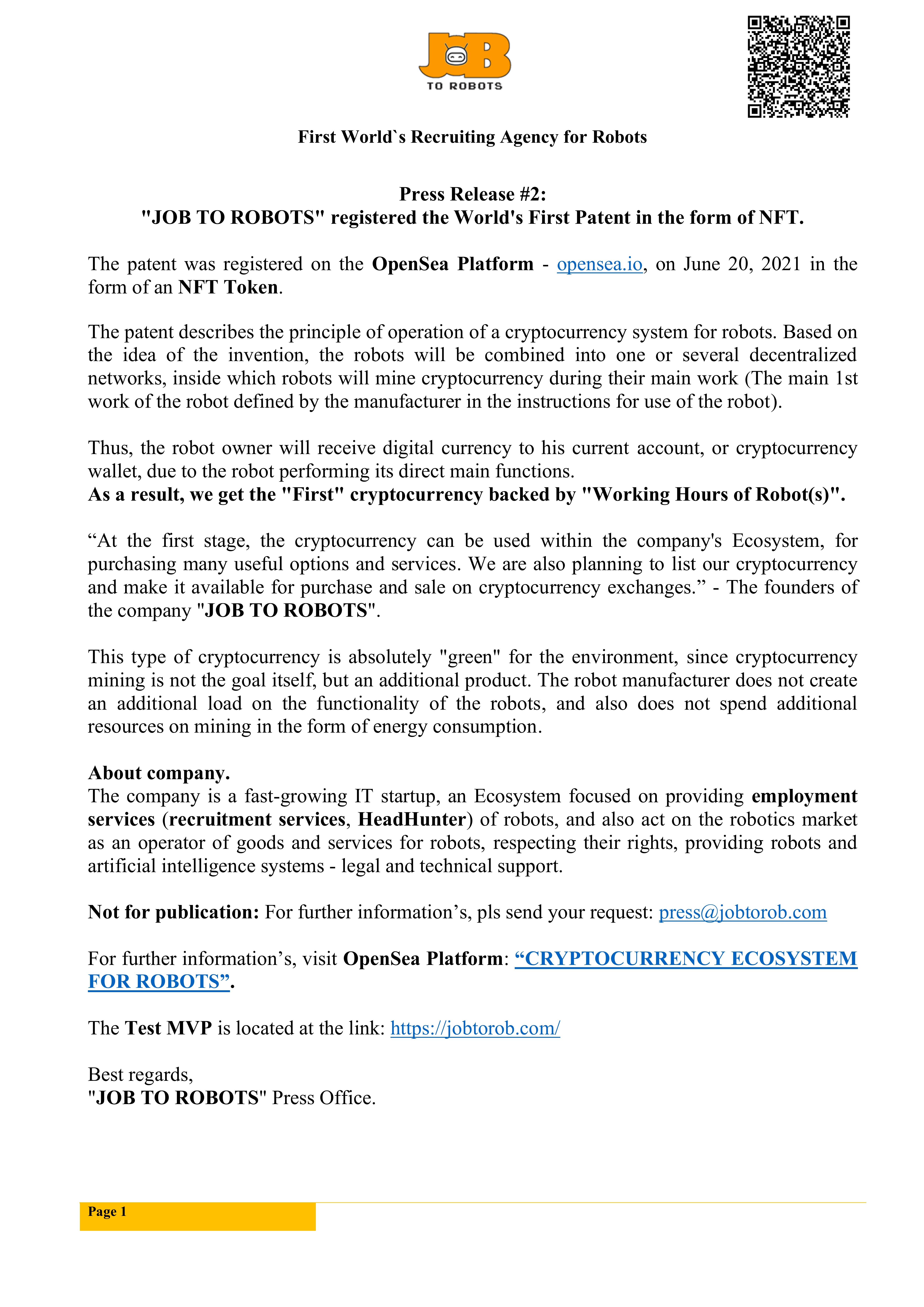In a groundbreaking development at the intersection of robotics and virtual reality, researchers from the Massachusetts Institute of Technology (MIT) and the University of California, San Diego (UCSD) have unveiled a cutting-edge remote control system for robots called Open-TeleVision. This innovative technology promises to revolutionize the way humans interact with and control robotic systems, offering an immersive, VR-type experience that blurs the line between human operator and machine.
The team's findings, detailed in a paper published on the arXiv preprint server, showcase a system that allows human pilots to essentially embody a remote robot, seeing through its eyes and controlling its movements with unprecedented precision and intuition.
While artificial intelligence has made significant strides in robotics, fully autonomous robots that can match the fluidity and adaptability of biological creatures remain elusive. This reality has prompted some researchers to revisit and refine the concept of remote-controlled robots, leading to the development of Open-TeleVision.
At the heart of the Open-TeleVision system is a VR helmet that provides the pilot with a stereoscopic view from the robot's perspective. This setup allows the operator to control the robot's head movements simply by moving their own head, creating a natural and intuitive interface. The system's innovation extends to limb control as well, utilizing remote sensors similar to those found in Kinect systems to capture the pilot's arm, hand, and finger movements without the need for wearable sensors.
The result is a remarkably immersive experience that gives the pilot the sensation of being physically present at the robot's location. In demonstrations, operators were able to perform delicate tasks such as picking up balls and placing them in cups, all while feeling as if they were directly interacting with the environment.
One of the most impressive aspects of the Open-TeleVision system is its ability to bridge vast distances. In a compelling demonstration of its potential, a team member at MIT successfully controlled a robot located at UCSD, effectively transcending geographical limitations.
The implications of this technology are far-reaching and exciting. The researchers envision applications in fields such as:
- Remote surgery: Allowing skilled surgeons to operate on patients in distant or underserved areas.
- Search and rescue operations: Enabling human controllers to guide robots through dangerous environments without risking human lives.
- Space exploration: Providing a means for Earth-based operators to control robots on other planets with a level of dexterity and situational awareness previously unattainable.
As the Open-TeleVision system continues to be refined, it holds the promise of opening up new frontiers in human-robot interaction. By combining the cognitive abilities and decision-making skills of humans with the physical capabilities of robots, this technology could pave the way for more efficient, safer, and more capable robotic systems across a wide range of industries and applications.
The development of Open-TeleVision represents a significant step forward in the field of robotics, demonstrating that sometimes the path to more capable robots lies not in full autonomy, but in creating more seamless and intuitive ways for humans and machines to work together. As research in this area progresses, we may be witnessing the dawn of a new era in human-robot collaboration, one that could reshape our relationship with machines and expand the boundaries of what's possible in robotics.


















